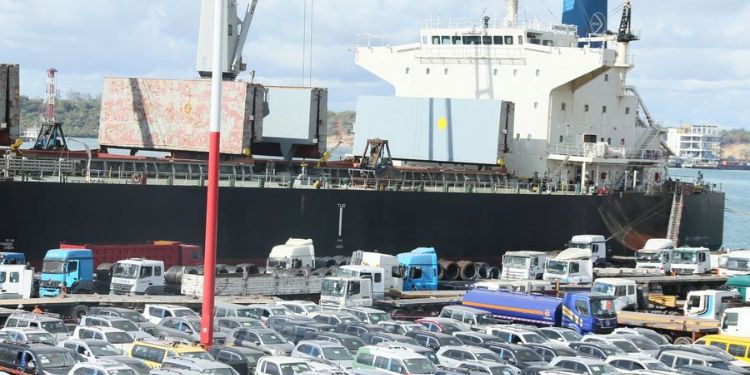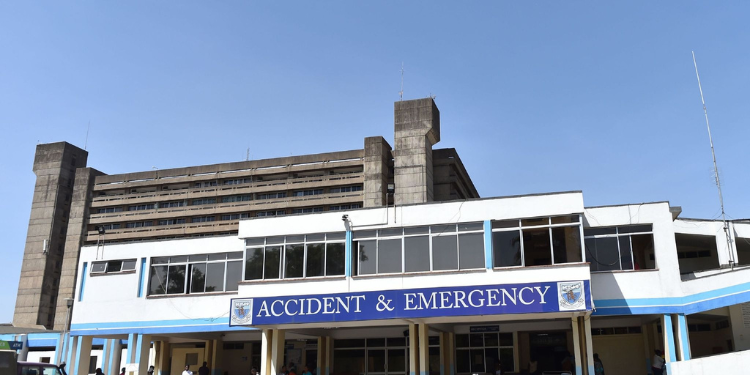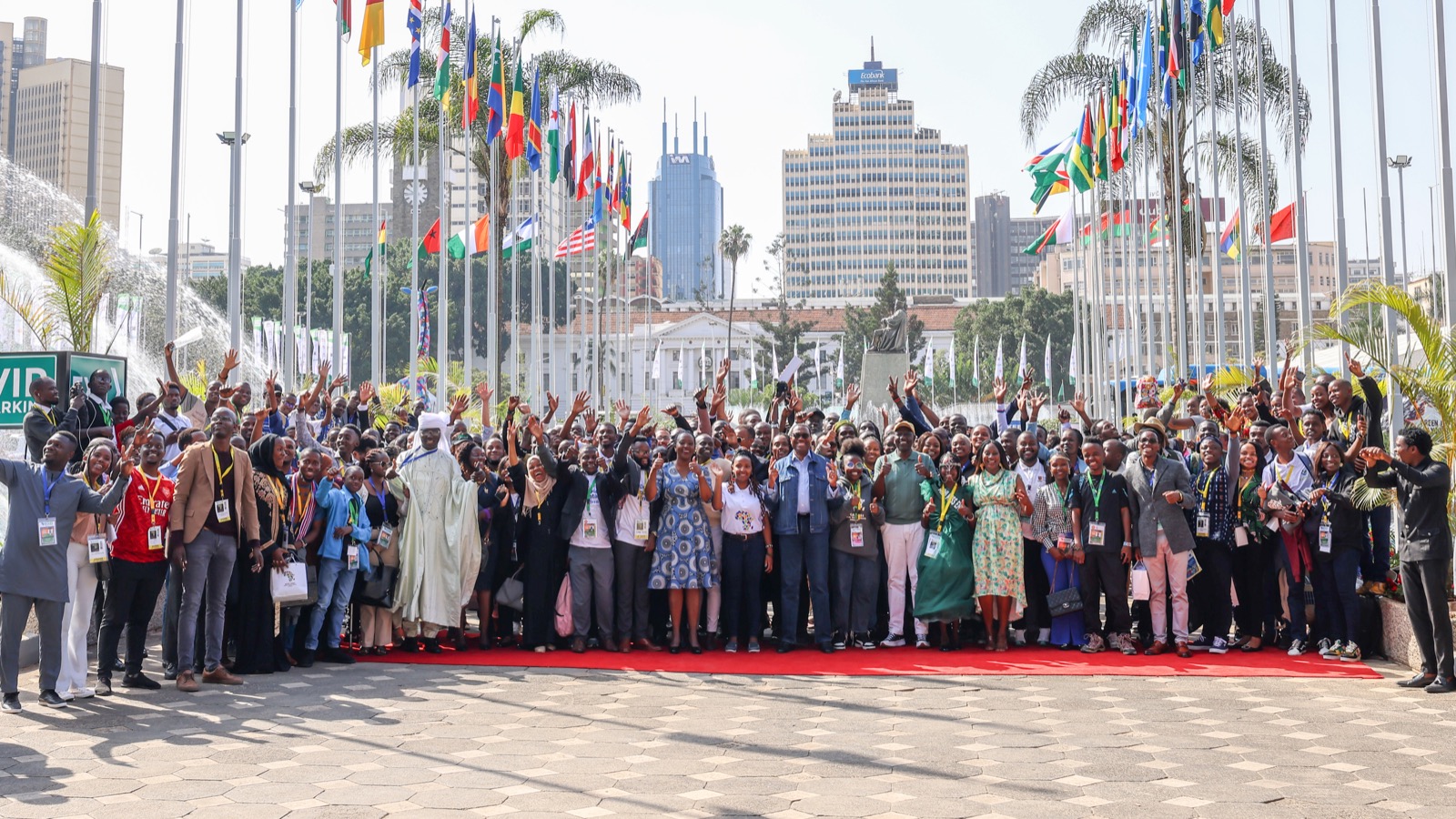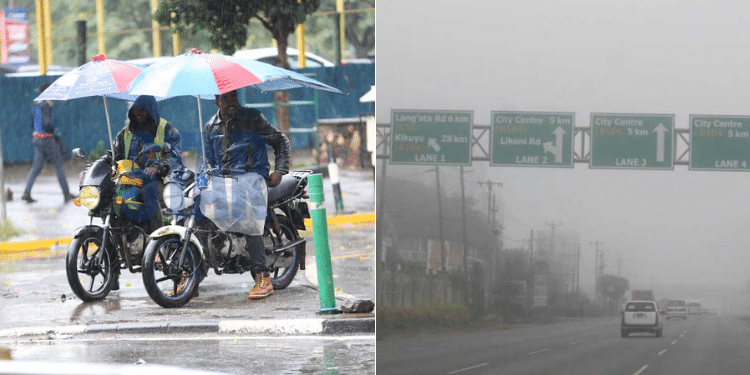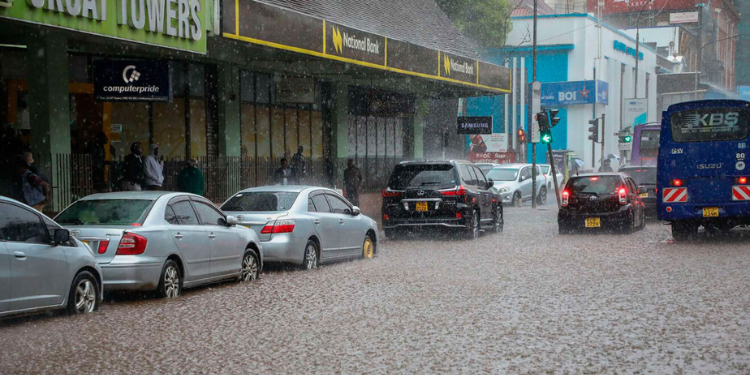The World Meteorological Organization has released a report titled State of Climate Africa 2024, explaining the El Niño patterns experienced in Kenya and East Africa.
As per the report, Kenya and East Africa saw a devastating series of floods caused by exceptionally heavy, long rains from March to May, which led to significant damage across Kenya, Tanzania, Burundi, and other parts of the region.
“The 2023 positive El Niño and Indian Ocean Dipole phases, both extending into early 2024, significantly influenced the extreme weather patterns of 2024,” read the report.
The rains, intensified by El Niño conditions, led to severe flooding that affected over 700,000 people, resulting in loss of life and widespread infrastructure damage.
El Nino Patterns in Kenya and East Africa
In Kenya, the crisis was equally severe as floods forced thousands out of their homes. The short rains between October and December fell short, delivering inadequate moisture for crop growth and deepening the country’s food insecurity.
Additionally, two tropical cyclones, Hidaya and Ialy, formed in May 2024 for the first time in the satellite era. These cyclones travelled over the far north-western part of the basin near Tanzania and Kenya, a region rarely affected by mature tropical systems.
“They moved over the far north-western part of the basin near Tanzania and Kenya, over a region rarely frequented by mature tropical systems. Tropical Cyclone Ialy became the northernmost tropical cyclone observed since the beginning of the satellite era,” read the report.
Moreover, in 2024, 13 tropical systems reached tropical-storm status in the region, with nine of them classified as tropical cyclones (TCS), including four intense TCS. Nine of these systems directly impacted inhabited areas, including Tanzania, which is typically only indirectly affected.
In Ethiopia, landslides triggered by heavy rains in the Gofa zone led to one of the country’s deadliest natural disasters in years, claiming the lives of 236 people.
Also Read: El Nino and Other Climate Patterns to Watch in 2025
Climate Impacts on Agriculture and Food Security
Kenya and East African nations such as Uganda, Somalia, Djibouti, and Ethiopia were still grappling with the lasting effects of a prolonged La Niña-induced drought from late 2020 to early 2023.
However, the March to May rains in 2024 improved crop performance, although maize yields remained 5 to10% below the five-year average. In Kenya, flooding caused the loss of over 30,000 livestock and damaged approximately 170,000 hectares of farmland.
Maize prices were high since 2022, but they dropped in the beginning of 2024 due to increased local supply. However, the poor rainfall was recorded between October and December 2024 threatened agriculture and future food availability.
Also Read: Kenya Met List Regions Set to Receive Heavy Rains with Chances of Thunderstorms
Kenya Met Digital Innovation
“There is an increasing awareness of the benefits of using digital platforms in many countries in Africa to improve weather forecasting and early warnings,” read the report.
In Kenya, the Meteorological Department delivers weather forecasts to farmers and fishermen via mobile apps and SMS, improving access to timely information.
However, the World Met recommended mobile apps, cell broadcasts, SMS alerts, community radio, and other platforms that can enhance the ability of National Meteorological and Hydrological Services (NMHSs) to deliver timely and accurate forecasts to remote and underserved communities.
Follow our WhatsApp Channel and X Account for real-time news updates.















